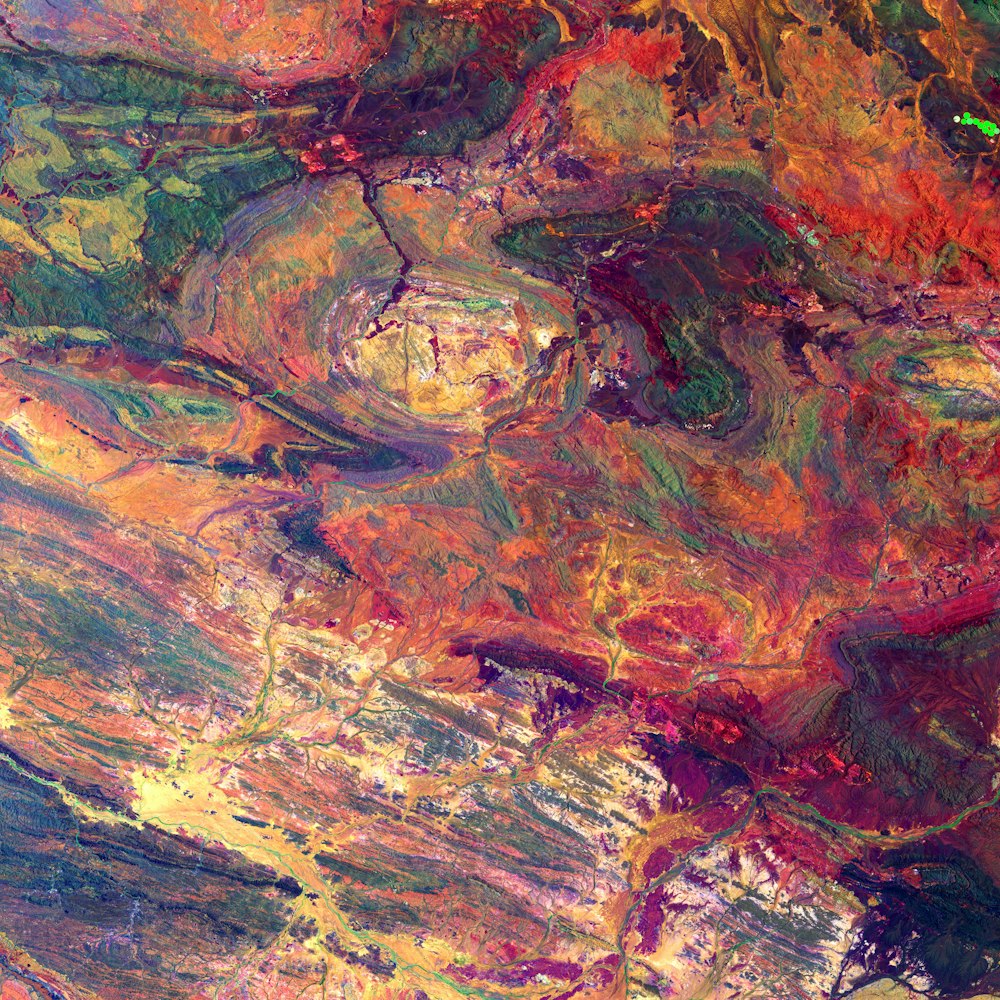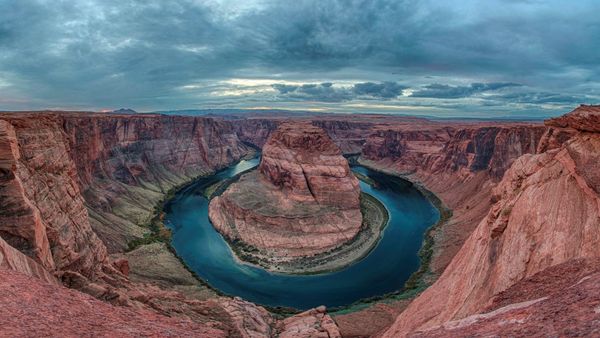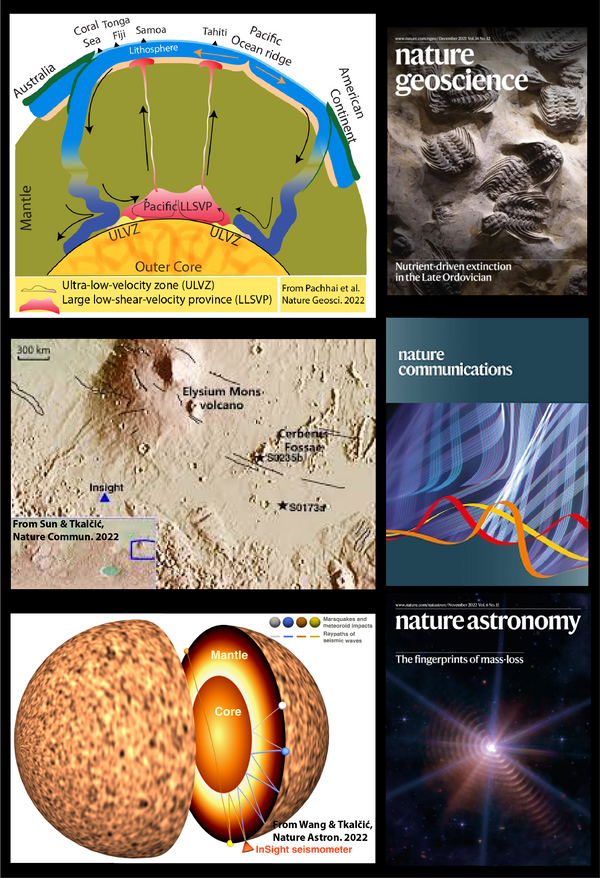The Earth's troubled childhood
Our understanding of the formation of an atmosphere, ocean deeps and mountain highs and the life that thrives on it, mostly relies on our understanding of tectonics on Earth. Throughout its whole 4.5 billion years-long evolution, the Earth has gone through different stages of tectonics, which may have been different from today’s. Traces of the tectonic evolution of the Earth remain preserved in the geological archives of our planet, the continental cores, cratons.
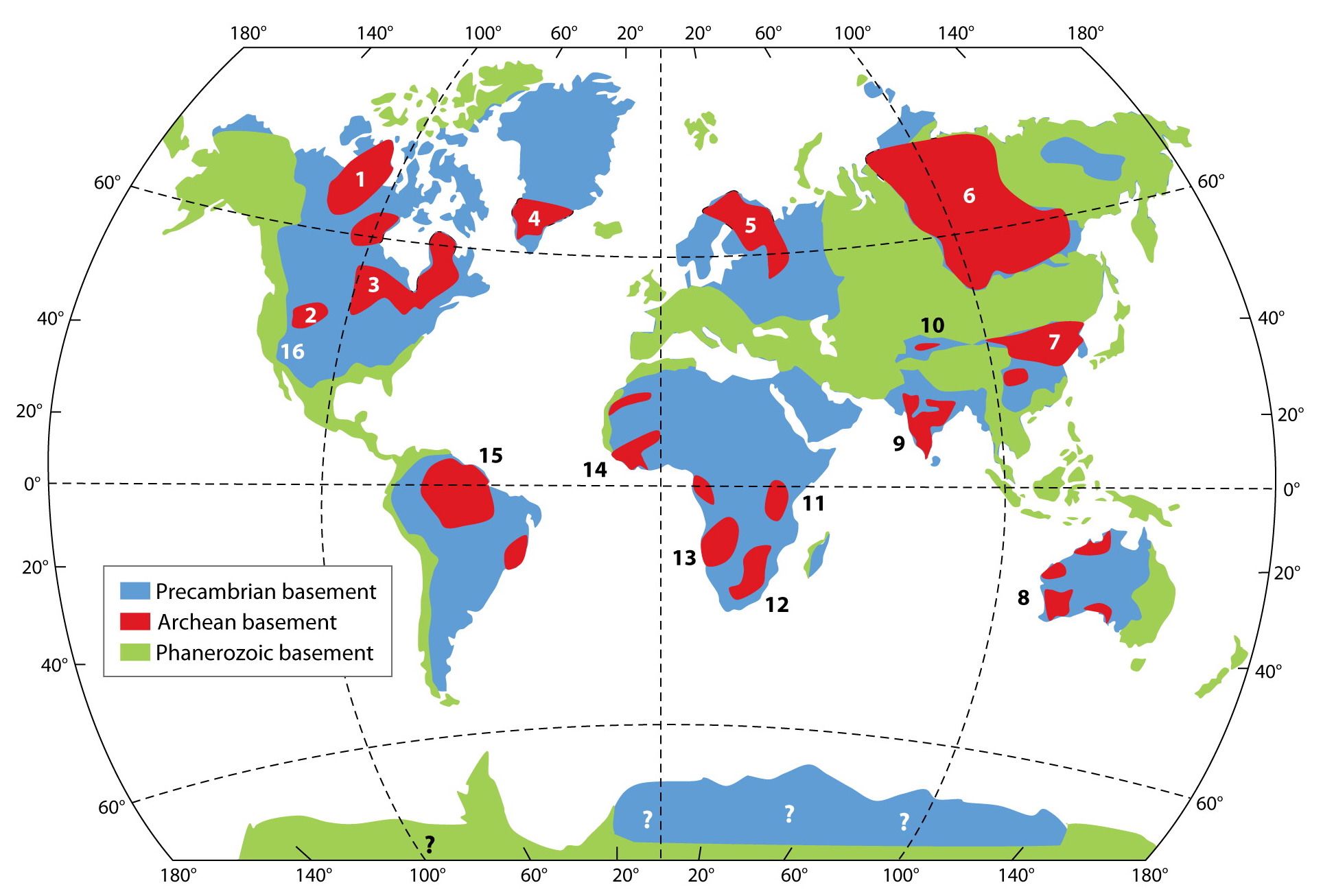
Outcropping rocks in cratons, provide a clear record of a very dynamic early Earth, perhaps more than today, with many features that resemble the modern plate tectonics and many others suggesting rather vertical tectonics. However, the message these preserved rocks reveal is sparse and remains ambiguous. Consequently, how to connect such disparate tectonic features, often contrasting, has puzzled scientists for long time.
Albeit enigmatic, understanding such a dynamic first billion years is of paramount relevance: it is in the Hadean – Archean, 4.5 to ~3 billion years ago, in fact, that the stage is set for the unique evolution of our planet. The formation of the first continents, the emergence of land and the development of the early atmosphere and oceans, were all the result of the Earth’s interior’s dynamics in this time. Understanding the mechanism of continents formation has the potential to answer, at least some of, the question related to such critical evolution.
Our recent research, published in Nature, has revealed mechanisms relevant to the birth of continents in the early stage of the Earth, through a troubled infancy until a more stable maturity. Processes of formation of crustal rocks were concurrent to their destruction and recycling in the mantle. Crust formed and was recycled continuously until the Earth’s the lithospheric mantle was finally mature enough to endure further recycling, preserve its crust, and stable continents were formed.
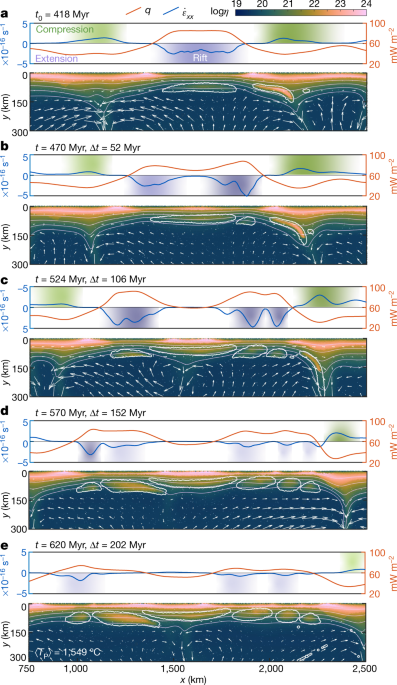
Processes of the early Earth can be unravelled by means of numerical models of the convecting mantle to replicate its once much hotter conditions. These ultimately relate to the dynamics of the Earth’s mantle convection, which was more vigorous and hotter in the Archean, +130-260 K with respect to today’s temperature, as a result of the larger internal radiogenic heat produced. In a hotter mantle, large melting volumes can form, segregated and extracted to form a crust atop. As a counterpart, this left large volumes of residual fluid-depleted, stiffer mantle just beneath the crust.
The blocks of drier, stiffer lithosphere turned out to become the initial seeds of continental cores. As progressive rifting and melting migrated laterally, the dehydrated blocks grew to become sizeable rigid proto-plates, while other smaller blocks were repeatedly recycled. In such a dynamic scenario, the competition of formation of rigid blocks and their destruction can be sustained for ~500 million years, then the upper boundary layer of the mantle cooled and stacked enough blocks to resist further recycling and stabilise.
When compared to the geological record, this model proposes a viable explanation for the first crust formation and complete recycling. The preserved record of early Earth’s in the first ~500 million years is limited to just a few crystals of the mineral zircon, now embedded in the stable Archean lithosphere, <4 billion years old. Our model of ongoing melting, extraction and recycling provides a plausible explanation for the complete disappearance of the crust formed in the Hadean. Then, the progressive dehydration and stiffening might have been able to preserve the newly formed juvenile crust, with traces of a primordial recycled and reworked one, while freezing the tectonics features akin to rifting and subduction into the Archean cratons.
This tectonic regime of such an early Earth was likely not different from the present day, in fact, however the hotter mantle prevented the formation of a uniform lithosphere cold and thick enough to be plate-like, while vigorously recycling the forming boundary layer. However, with progressive dehydration and stiffening, the surface of the Earth became likely a patchwork of strong blocks bordered by thinner, mobile lid, until eventually some block stiffened enough to become cratons.
While this model may account for the troubled infancy of the Earth, many questions on the evolution of the Earth’s, how and when transitioned to a more mature plate tectonics planet, remain open.

The progressive stiffening favours thickening and stabilization in the Archean, and the demise of proto-margins. Minor rifting and subduction-like downwellings allow intra-crustal melting and the differentiation of primordial basaltic crust into a felsic, TTG-like crust (yellow). From Capitanio et alii, 2020.
References
Capitanio, F.A., Nebel, O. & Cawood, P.A. Thermochemical lithosphere differentiation and the origin of cratonic mantle. Nature 588, 89–94 (2020). https://doi.org/10.1038/s41586-020-2976-3
Lee, C.-T., Luffi, P. & Chin, E., Building and Destroying Continental Mantle. Annu. Rev. Earth Planet. Sci. (2011). 39:59–90. https://doi.org/10.1146/annurev-earth-040610-133505
Bedtime reading
An article in the AGU's EOS highlights and discusses this work
Modeling the Creation of Cratons, Earth’s Secret Keepers
